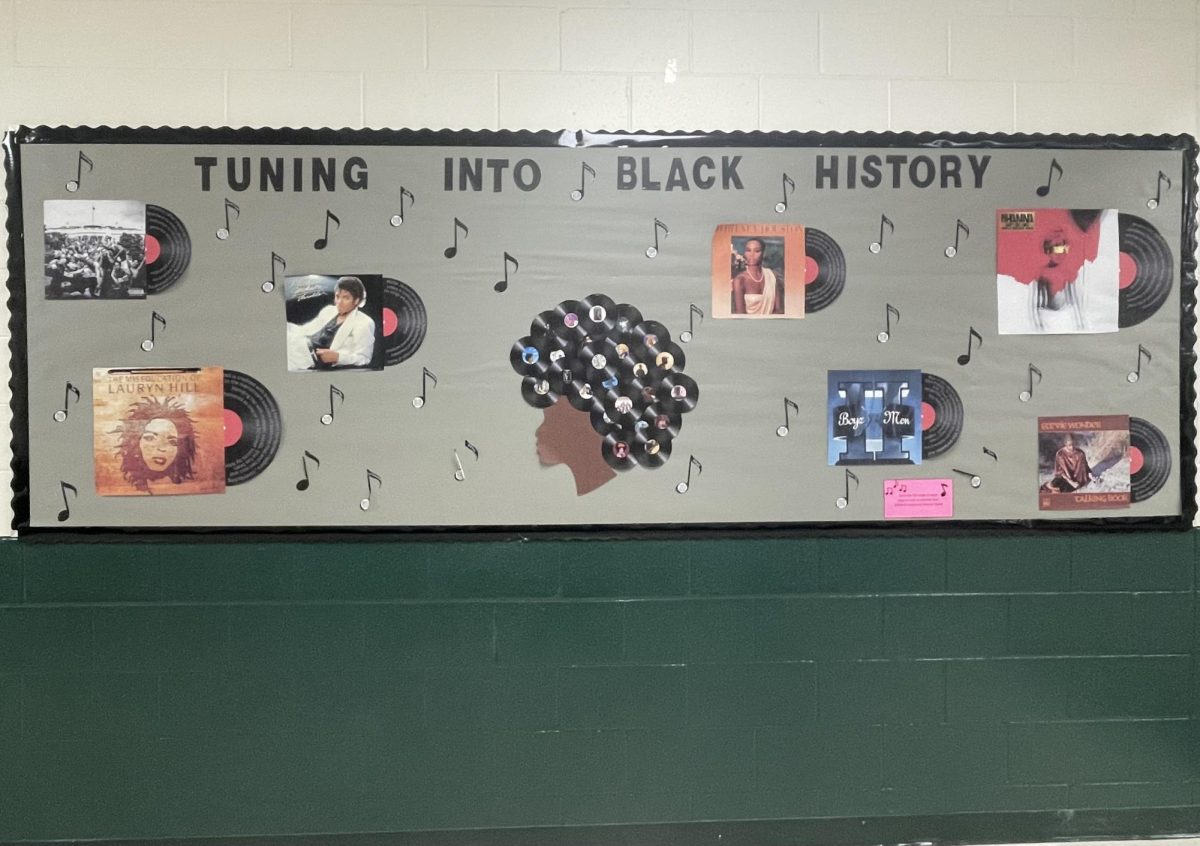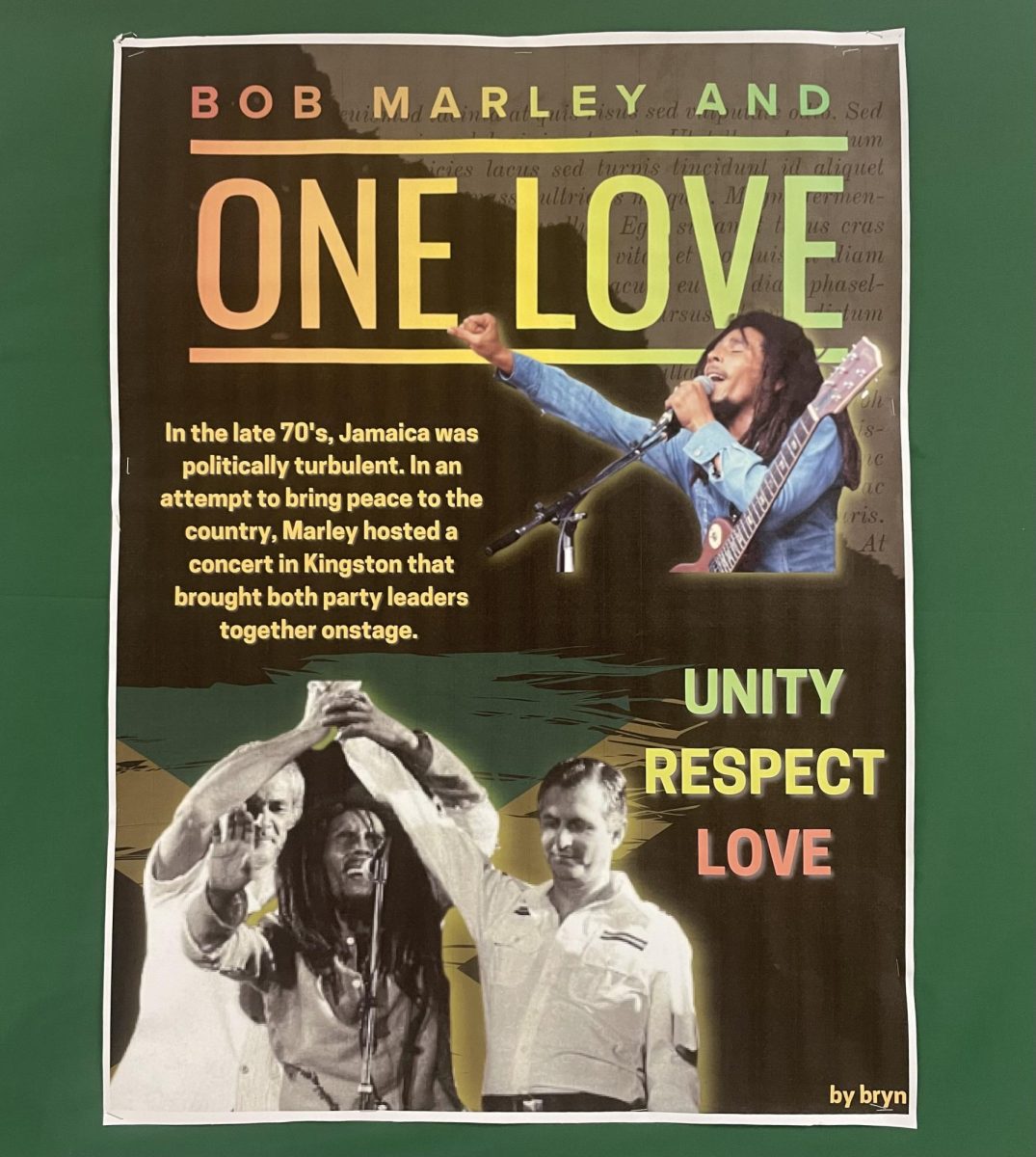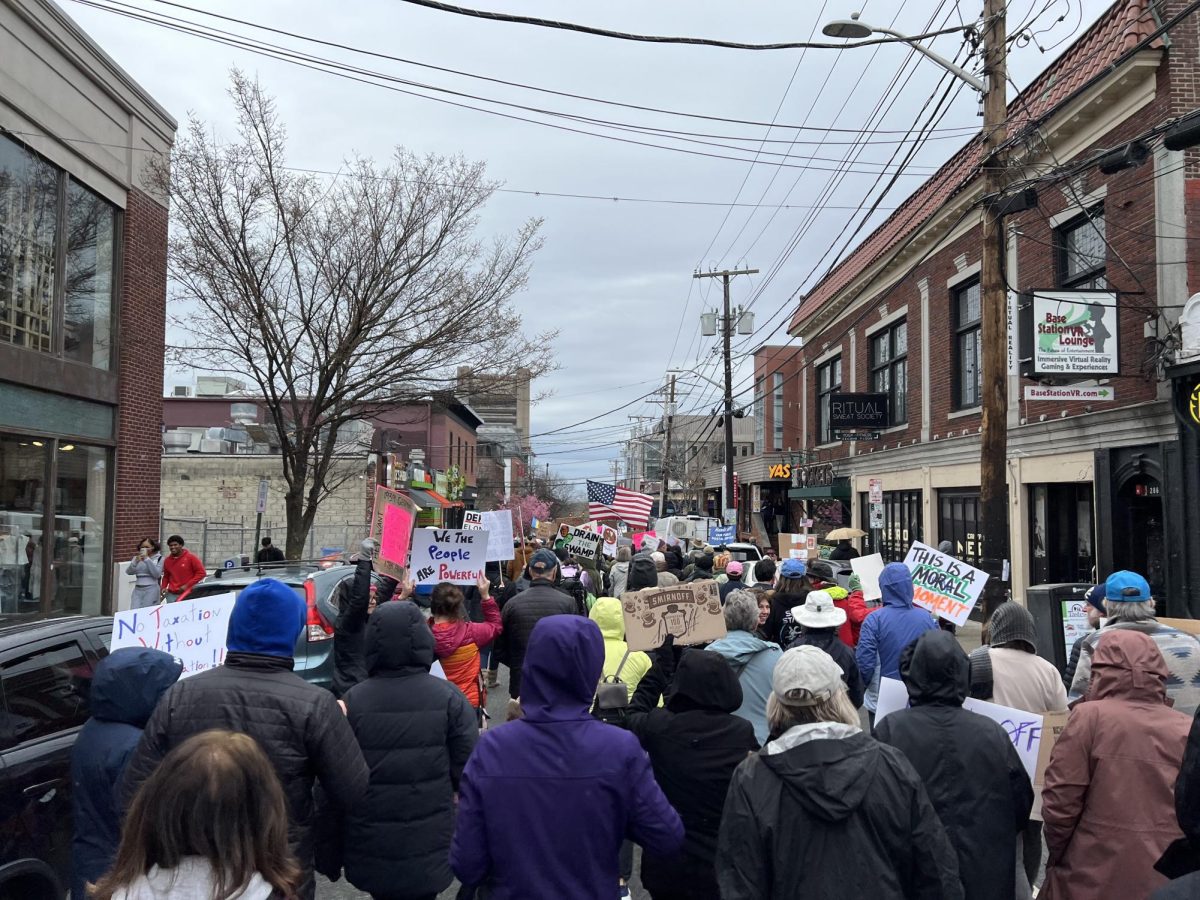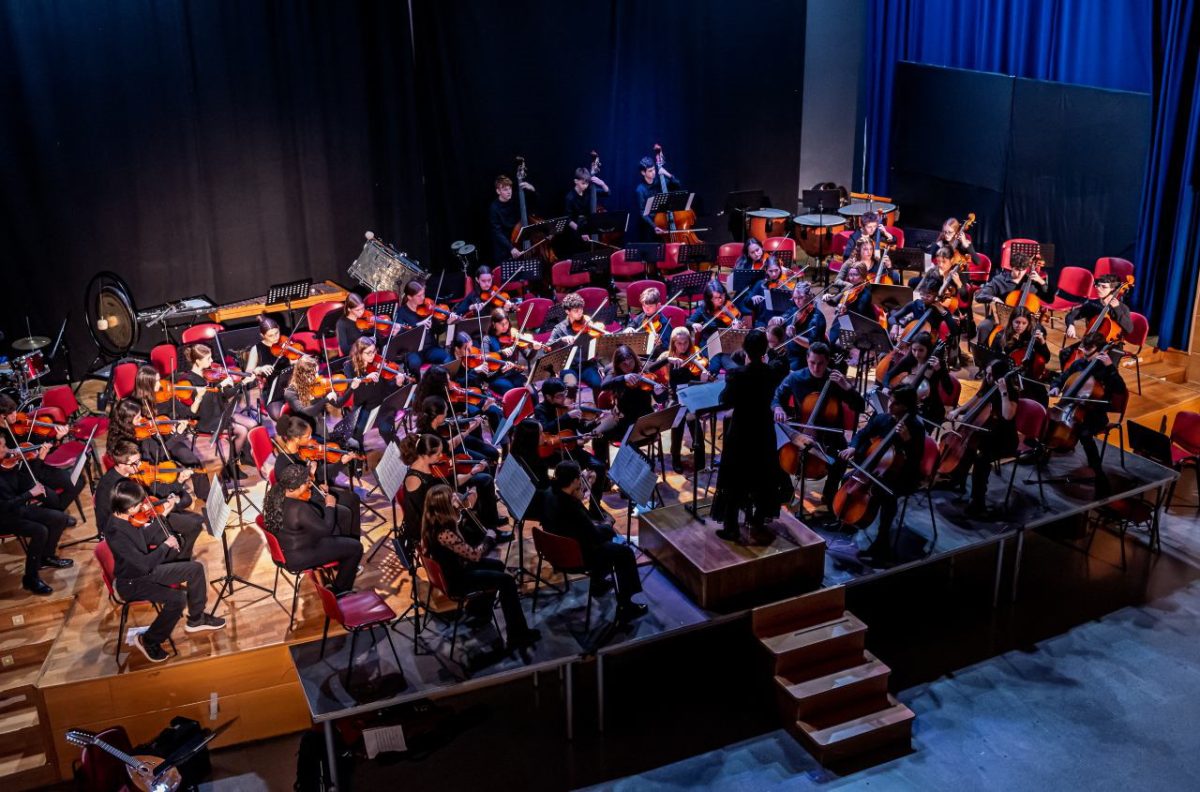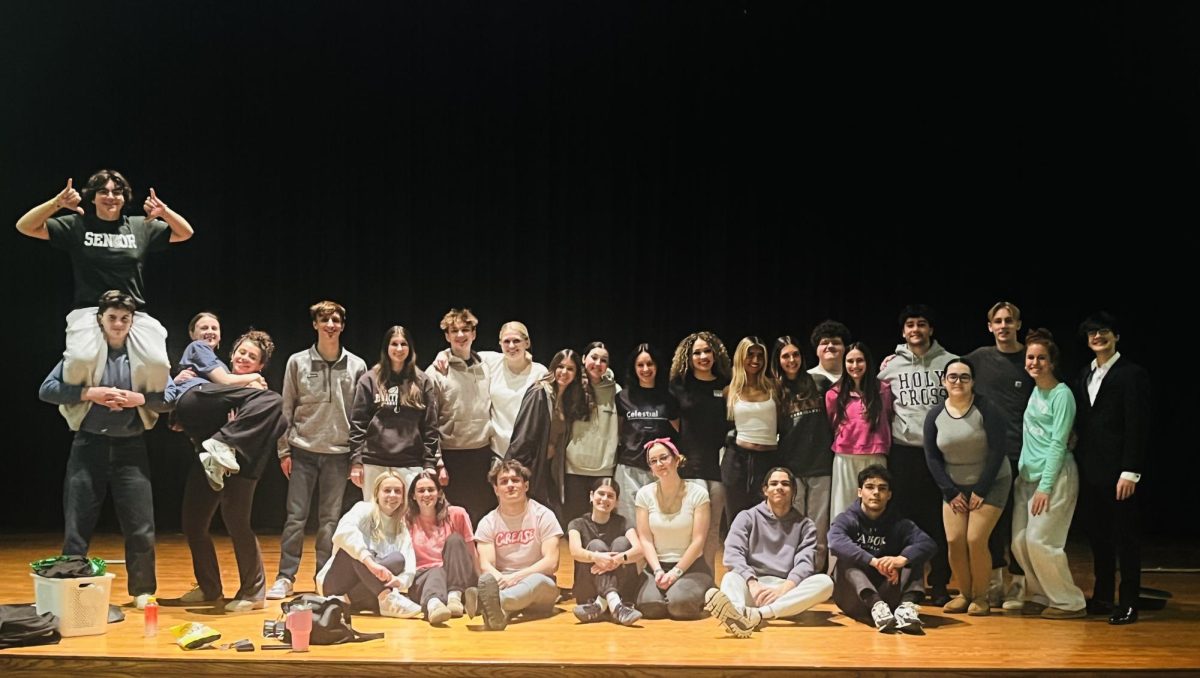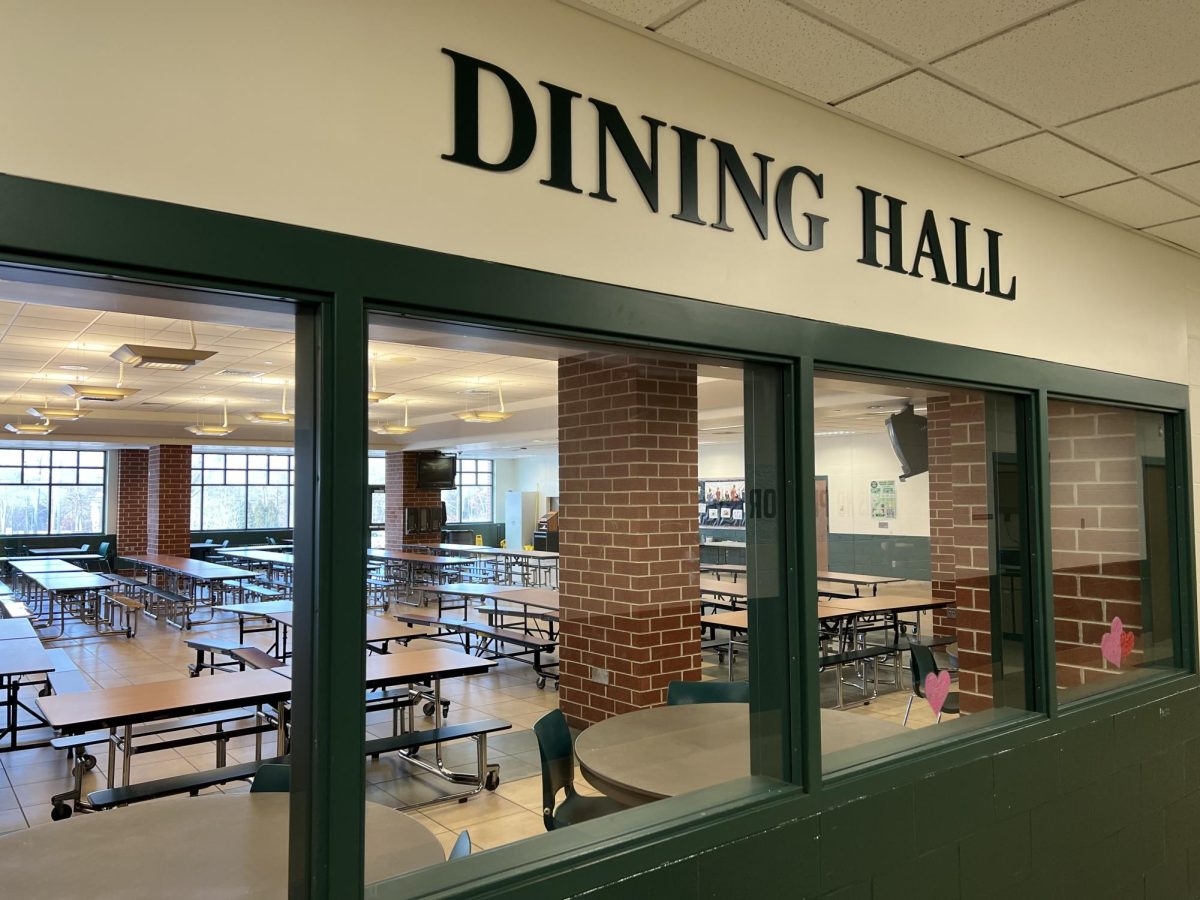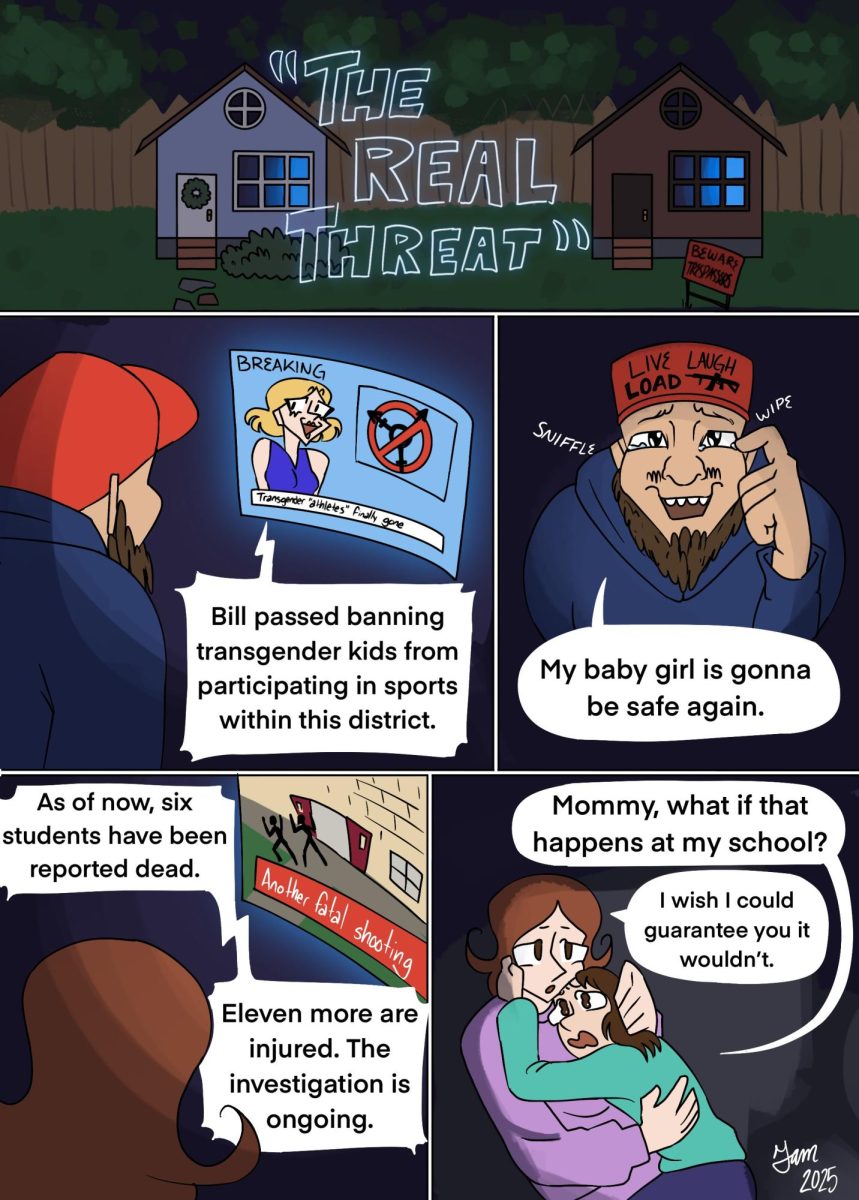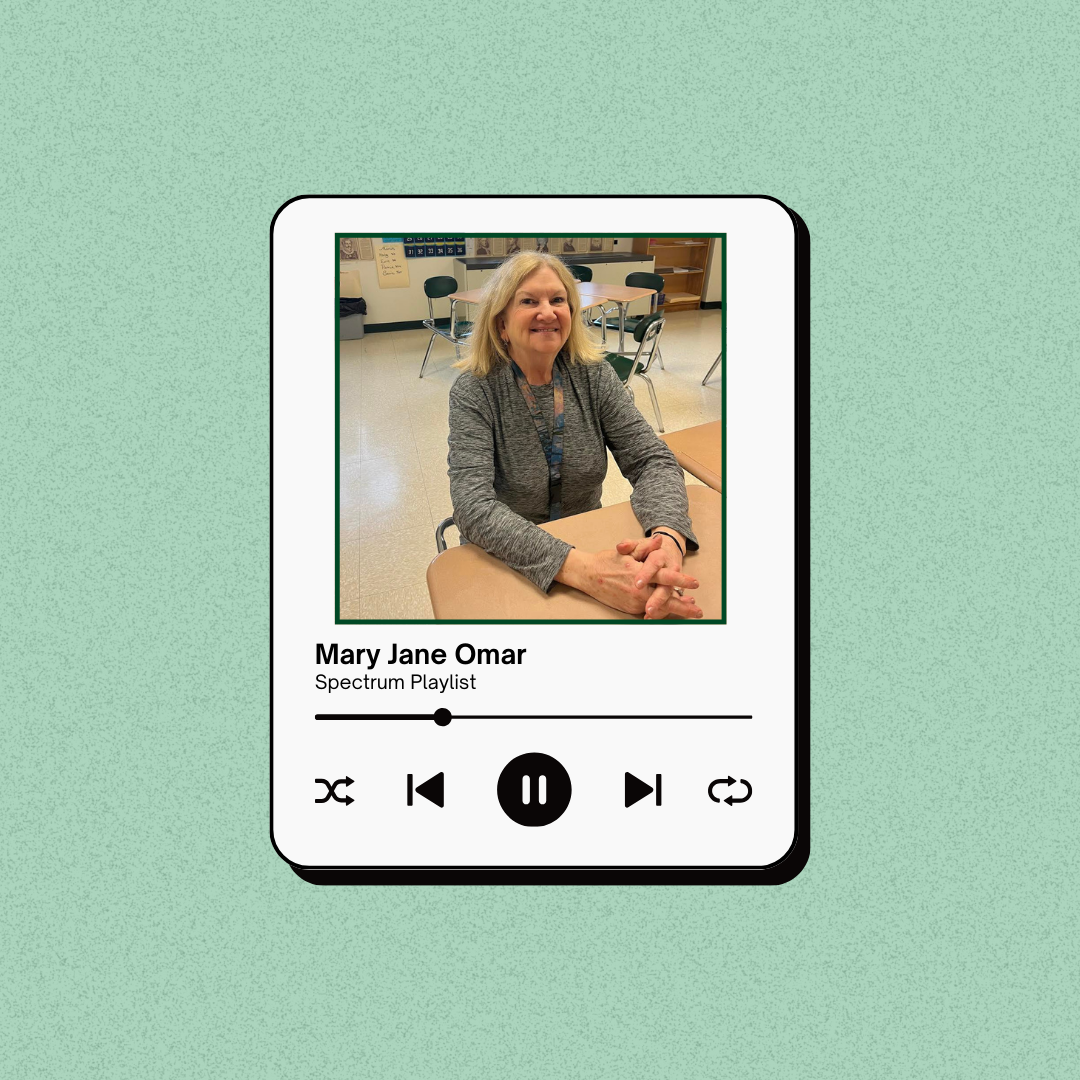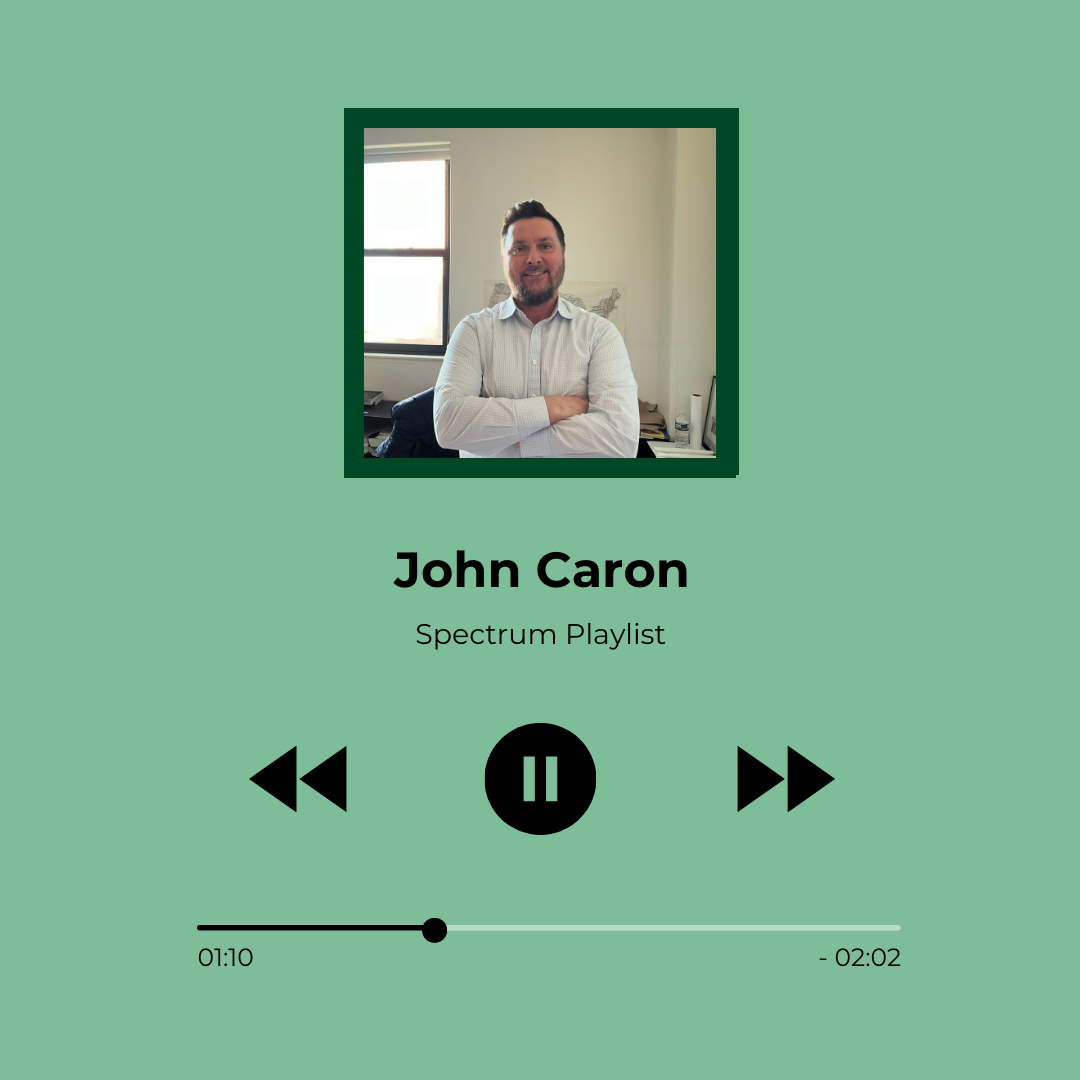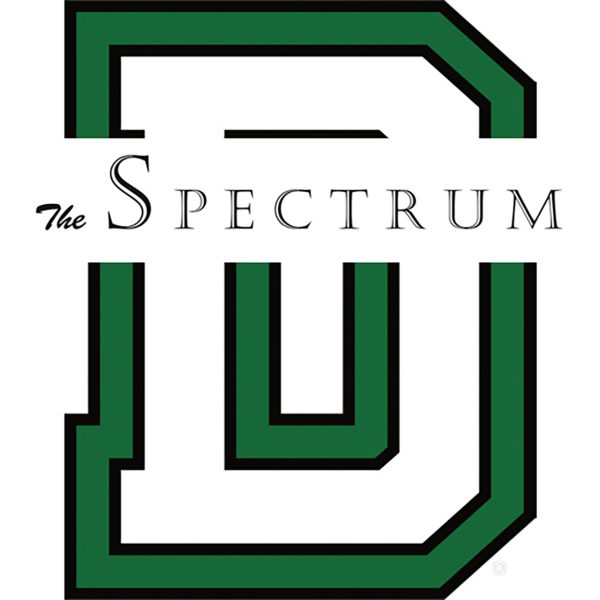February is celebrated in various countries around the world as Black History Month. The month is dedicated to the Black individuals who have paved the way for progressive movements in the past, and for the ones who are currently paving the way for a better future and more opportunities for the Black community and other minorities.
Here at DHS, we have Black Student Union and Allies, or BSU. It’s partially led by Social Worker Kristianna Fontes Callahan, but the majority of the club is student-run. For this year’s student officers, the BSU has senior Reyana Boyard as president, senior Savannah Riley as Vice President, senior Grace Adeyamo as Secretary, senior Kendall Thomas as Treasurer, and junior Isaiah Cortes as Public Relations/Outreach.
BSU’s main goal is to provide a safe space for all races and ethnicities to be able to safely share their experiences in a supportive environment. It also aims at promoting equality throughout not only the school, but also in the community. While the BSU does this all year round, Black History Month is the perfect month to showcase their hard work.
The hallway to the left of the entrance of the LMC hosts two bulletin boards that the BSU has decorated. On the one closest to the entrance, various Black music artists such as Lauryn Hill, Boyz II Men, and Kendrick Lamar are featured, along with a chosen album by said artist. Scattered music notes displaying QR codes send the onlooker to the respective artists’ music pages.
The adjacent bulletin board is embellished with several artworks. Starting from the left, a poster of Bob Marley, the late reggae superstar, explains his legacy and motto, “One Love.” A separate artwork—a digital painting—beside the poster depicts a Black woman looking up, with a large flower in her hair.
Alongside this picture is a black-and-white drawing of Malcolm X, accompanied by a paper illustrating X’s past and his work as an activist. The rightmost artwork is a canvas painting of four influential Black women: Terana Burke, Alicia Garza, Ayo/Opal Tomati, and Patrisse Cullor. Papers underneath the painting give insight to these women, and also include a QR code to each of their biography websites.
Two movie screenings were also planned for the month of February. The members of BSU voted on which movies would be shown, and Principal Ryan Shea covered the price of the snacks distributed at the event.
The Princess and the Frog—the first movie chosen—was a substantial turning point for the Black community because Princess Tiana was the first Black Disney Princess. This was also a chance for Callahan to tell a story to connect Leah Chase from New Orleans to the movie.
“Ms. Chase was an incredible woman who owned her own restaurant which would later become a landmark on the US Civil Rights Trail,” Callahan writes. “Activists like MLK Jr., Thurgood Marshall Jr. (one of the attorneys who argued Brown v. Board of Education before the Supreme Court—later becoming the first black Supreme Court Justice), and the Freedom Riders would use her restaurant to plan strategy sessions during the Civil Rights Movement. She openly defied Jim Crow laws and anyone was allowed to eat in her restaurant, regardless of their skin color. Her neighborhood, including all the police officers who patrolled the area, were fiercely protective of her and her space.”
The next movie showing was The Hate U Give, originally a book by Angie Thomas. This tells the story of the main character Starr, a teenage black girl, living in a bustling inner-city, and knowing all-too-well the problems and tragedies that can occur there. Both movies were shown in the LMC during specific PASE periods throughout the month.
In previous years, DHS has had guest speakers come to the school during Black History Month. DHS welcomed Jacquline Jones from the Harambee Learning Center in February 2024, and in 2023, Rufai Shardow from the New Bedford National Park came to DHS.
Jones enlightened DHS with a speech explaining that everyone can change history and make a difference in the world. In an anecdote about a student called “Big Moe” and the story of the Greensboro Four—four Black teenagers who led peaceful protests against segregation in the 1960s—she proved that everyone can make a positive change in the world.
When Shardow came to DHS, he talked about the role that Dartmouth’s neighbor, New Bedford, played when slaves were trying to escape slavery, serving as a “safe haven for runaway slaves,” Callahan explains.
BSU also has plans for projects throughout the school year, and while February is Black History Month, it’s important to honor and remember all of those who fought racism and prejudice to have a shot at a better future for generations to come.

